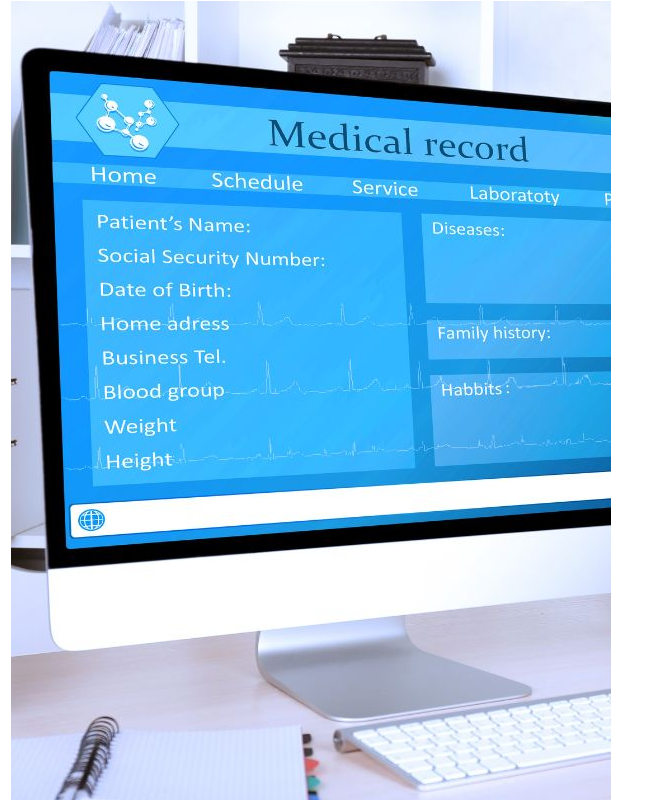
Tips To Adopt Electronic Health Records for Your Facility
The healthcare industry is going through a massive shift as it continues to transition from traditional paper records to digital systems known as electronic health records (EHRs). The switch to EHRs has revolutionized how we store, manage, access, and utilize medical information. However, implementing electronic health records can be stressful for employees, and it requires considerable planning. Keep reading to learn some comprehensive tips for adopting electronic health records for your facility and how to make this transition smoother and more efficient.
Build an EHR Roadmap
The first step in adopting EHRs is to create a structured and well-thought-out roadmap. This plan should outline the goals you want to achieve by implementing EHRs, identify the key stakeholders, explain budget allocations, set timeframes for each implementation phase, and provide steps for overcoming potential obstacles. By having a clear vision and plan, your facility can avoid potential pitfalls and ensure that all staff members understand the goals of the EHR system.
Provide Training for Employee Use
Training your employees is a vital part of successful EHR implementation. The shift to EHRs requires staff members to become proficient in the technology and the processes associated with its use. Therefore, investing time and resources into providing comprehensive, hands-on training for your staff will ensure they are comfortable with the system and can use it effectively. Training sessions should include demonstrations, workshops, and role-playing exercises that provide staff members with practical experience using EHRs.
Monitor Adoption and User Engagement
Implementing EHRs is not a one-time task; constant monitoring and ongoing support are crucial to a successful EHR rollout. Keep track of metrics such as the number of completed EHR tasks, staff satisfaction, and patient outcomes. Reviewing these metrics will help you identify areas for improvement, measure the overall success of the EHR implementation, and ensure that your facility is providing high-quality care. Additionally, gather feedback from staff members, address their concerns, and implement necessary changes to improve the user experience.
Provide Physical Documentation Access
While EHRs have many advantages over traditional paper records, it is essential to maintain physical access to documentation during the transition period and potentially beyond. This may include keeping critical documents in a secure and easily accessible location or maintaining a hybrid system of paper and electronic records to manage records efficiently. Providing physical documentation access can help ease the transition, ensure that vital information is not lost, and manage any unforeseen situations that may arise.
Successfully adopting EHRs in a healthcare facility requires careful planning and management by all staff members and stakeholders, and there are many benefits of implementing electronic health records your facility can reap. By following these tips to adopt electronic health records for your facility, your healthcare organization can experience a more seamless transition, improve overall efficiency, and better serve patients. Remember that EHR implementation is an ongoing process; constantly monitoring, refining, and adapting to the new system will help you achieve the full potential of this transformative technology.

